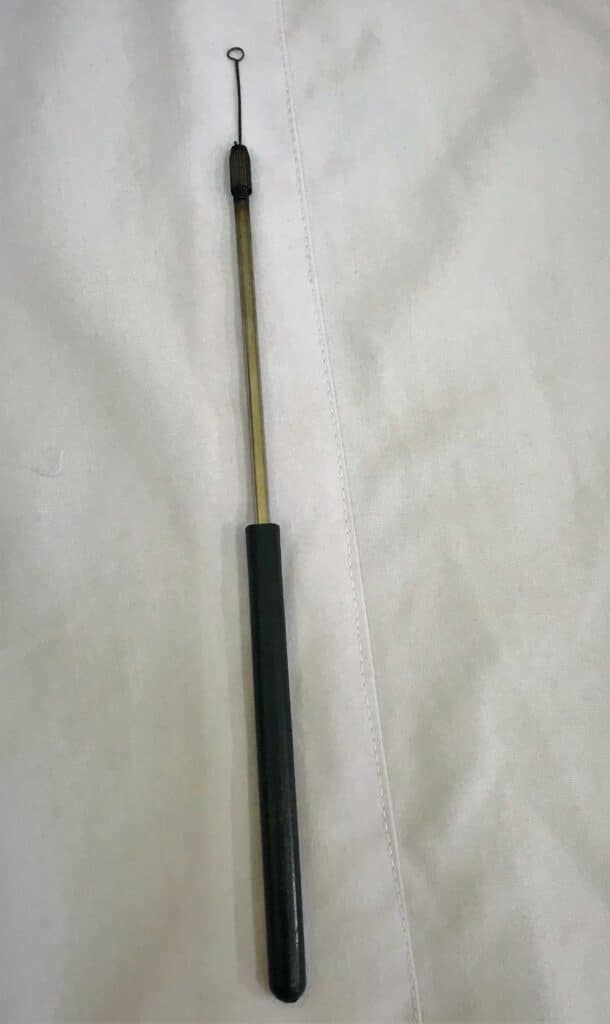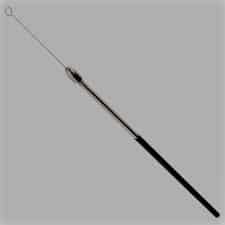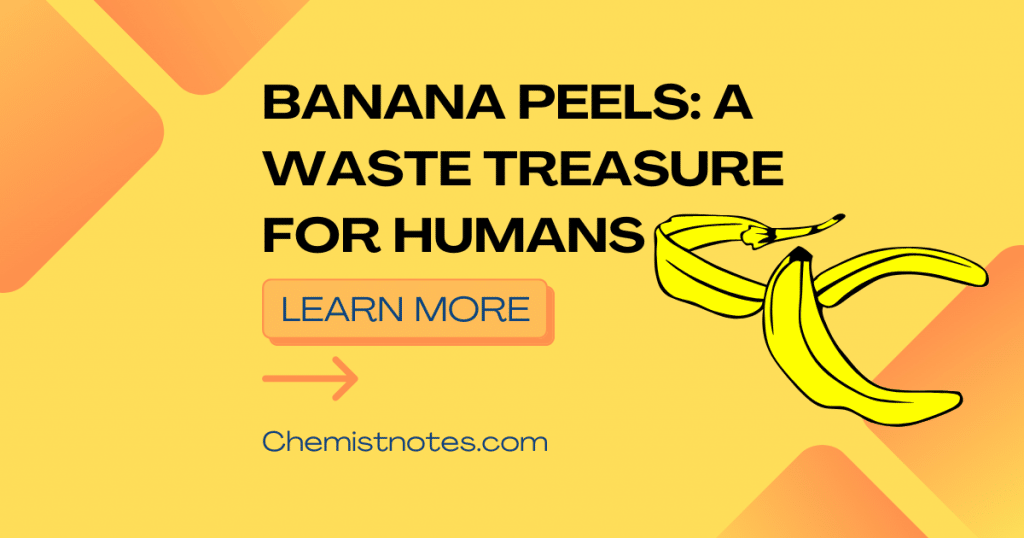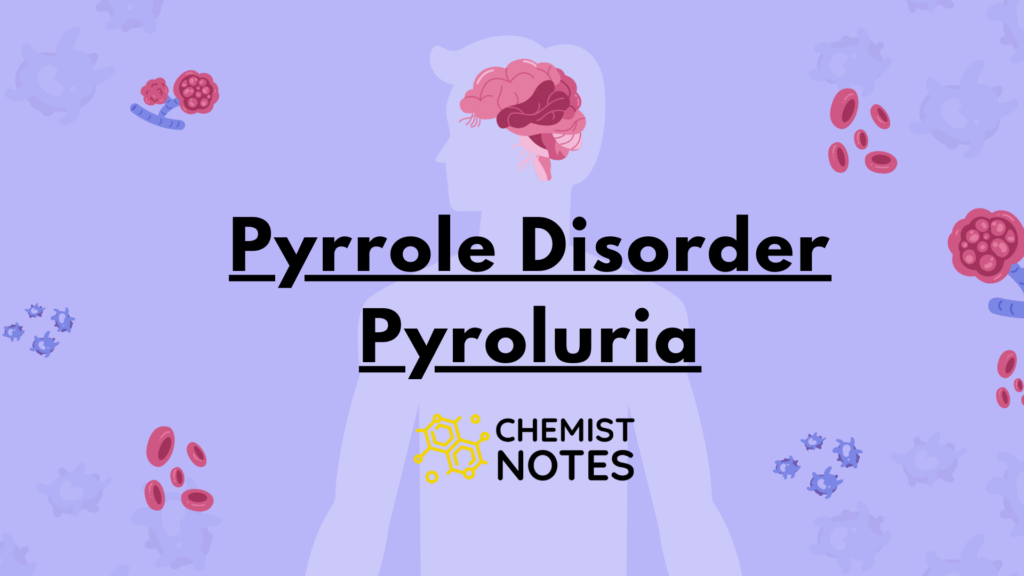Table of Contents
ToggleAn inoculation loop, also known as a smear loop, an inoculation wand, or a micro streaker, is a straightforward instrument used primarily by microbiologists to pick up and transfer a small sample of germs from a microbial culture known as inoculum, for example, to streak on a culture plate.
What is an inoculating loop?
Inoculating loops are defined as long thread-like stems having needles at the tip used to smear culture in media plates. The tool consists of a skinny handle with a loop that is no more than 5 mm wide. Although disposable molded plastic versions are now typical, the original type was made of twisted metal wire (such as platinum, tungsten, or nichrome).

Inoculation
The act of inoculating a person or other organism with a pathogen, another germ, or virus is known as inoculation. It is a technique for creating immunity against several infectious diseases.
Function of inoculating loop
Devices called inoculating loops and needles are used in inoculation, serial dilution, sterile sampling, transfer, and the dispersal of microbiological material. Disposable, color-coding, and materials made of plastics, aluminum, and other metals are available options. The function of the inoculating loop is:
The colony of bacteria or fungi is selected using an inoculating loop.
The agar plate, the slant of the biochemical medium, and the broth tubes are all inoculated via the inoculating loop.
To produce the streaks on the slide, an inoculating loop is used.
Cross-contamination is avoided by the aseptic passage of the microorganisms through the inoculating loop.
Different types of inoculating loop
Various types of inoculating loops are described below:
1. Metal inoculating loop
The wire from nichrome, platinum, or tungsten is used to form the inoculating loop. These loops of metal wire are reusable. Nickel and chromium are the two metals used to form the alloy nichrome. It is less expensive than platinum and does not corrode readily. It doesn’t degrade even after numerous cycles of heating and cooling.
Nichrome wire is utilized in the inoculating loop because it is less expensive than platinum, warms up quickly, and cools down quickly. It melts at a high temperature of roughly 1400 °C. Although platinum wire is more expensive than nichrome wire, it is more durable and can withstand repeated exposure to acid and flame.

2. Disposable inoculating loop
Plastic resin, polystyrene, polypropylene, ABS (Acrylonitrile Butadiene Styrene), or inert biological polymer are all used to make disposable inoculating loops. After use, these infected loops are thrown away. Both sterile and nonsterile disposable loops are offered. In the anaerobic chamber and under the hoods, disposable inoculating loops are appropriate. It reduces the possibility of infection from the pathogenic chemicals’ flaming-induced aerosols.

3. Inoculating loop with needle
It consists of both loops and a needle on opposite sides.

How to use an inoculating loop?
Generally, inoculating loops are used in microbiological labs and used for streaking, seed culture, culture smearing, etc there is a high risk of contamination that’s why the loop should be sterile while using the loop each time by simply heating the loop on the flame a few second and make them cool for sometimes and can be used again. All processes will be done inside the biosafety cabinet.
Size of needle/loop of the inoculating loop
The calibrated versions of the conventional nichrome wire loops are supplied in either 1 or 10 µL sizes, with sizes ranging from 1 to 10. Sizes 150mm, 175mm, and 205mm are available for standard brass holders.
Inoculation on agar plates
Protocols for the streak plate approach are followed in order to isolate the colony from the streaking and to sterilize it at every stage. Thus that pure and isolated colonies may be isolated, which helps decrease the microbial load. Make sure that just the chosen colony is picked while choosing the colony.
The Petri dish should be handled with the other hand while we are holding the inoculating loop in the first. Sterilize each quadrant before and after the inoculation when streaking using the quadrant method.
Making smears
For the process of gram staining, the bacterial suspension should be smeared on the clean glass slide in order to observe the morphological character of bacteria under a microscope. For this inoculum loops are used to smear on the slide and fixation is done.
Differences between the inoculating loop and needle
Loops are used to transmit liquid media between petri plates or other liquid media. Transferring solid media between solid media or petri plates requires the use of needles. To remove solid or dense material, use an inoculation needle. Retrieving liquid media involves using an inoculation loop.
MCQs/FAQs
What is an inoculating loop?
A basic tool used primarily by microbiologists to pick up and transfer a small number of microorganisms termed inoculum from a microbial culture, for example, for streaking on a culture plate, is an inoculation loop (also known as a smear loop, inoculation wand, or micro streaker).
Why inoculating loops are used to transfer microbes?
Sterilized swabs and even sterilized toothpicks are examples of disposable tools used to transfer bacterium samples. Using an inoculation loop, less contaminated lab waste is produced because the device can be used and sanitized repeatedly.
Why is it called inoculation?
Inoculation was first used in literature in the early 1400s. Its origins are in the Latin verb inoculate, which means “to graft through budding, implant.









